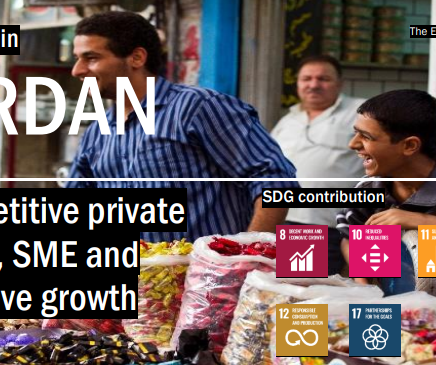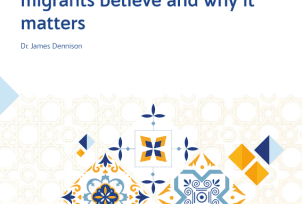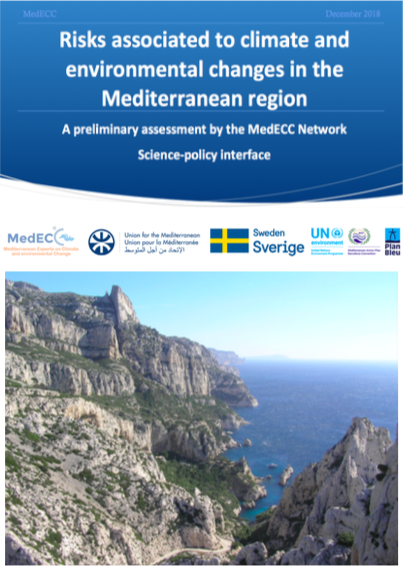EBRD Report: Competitive private sector, SMEs, and inclusive growth in Jordan

Before the Covid pandemic, between 2016 and 2019, real GDP growth averaged about 2%, insufficient to create enough jobs for Jordan’s young labor force as labour market conditions have deteriorated. Unemployment stood at 23.3% in the last quarter of 2021, with youth unemployment reaching nearly 50% and the women’s labor force participation rate standing at 14%, one of the lowest in the world.
Part of this weak growth performance traces back to multiple external shocks Jordan has experienced in the past decade, including regional conflicts and the influx of nearly 1.3 million Syrian refugees, representing almost 13% of the total population. Human capital challenges remain substantial, alongside low productivity, regional instability and poor export diversification, giving limited opportunities for Jordanian firms. An unpredictable regulatory process and weak corporate governance also weigh on the business environment and limit foreign investment. Sitting at the center of a volatile region, Jordan continues to play a role as an anchor for regional stability and for the global public goods it provides by promoting cross‑border regional cooperation and trade.
Latest Publications
































 Syria
Syria 



